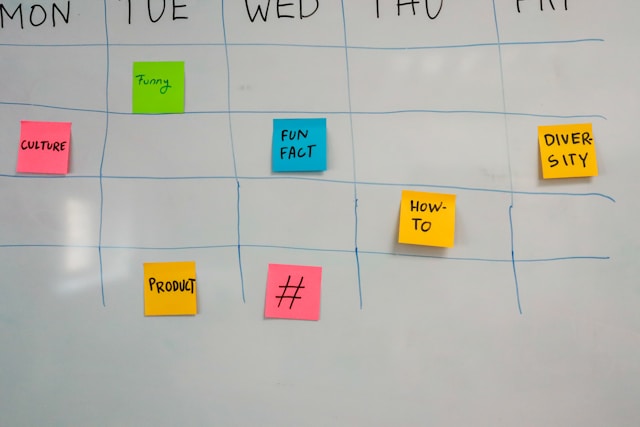Have you ever wondered why some social media posts go viral while others barely get noticed?
The secret lies in psychology: the cognitive biases and emotional triggers that make us stop scrolling and start engaging.
Understanding these psychological principles can help social media managers craft compelling content that resonates with audiences and drives interaction.

Cognitive biases that drive engagement
Our brains are wired to respond to specific patterns of information.
Here are a few key biases that influence social media behavior:
The curiosity gap
People engage when they feel they’re missing a crucial piece of information.
That’s why headlines like “You’ll never believe what happened next…” are so effective.
They create an irresistible urge to click and satisfy curiosity.
Social proof
When we see a post with a high number of likes, comments, or shares, we assume it must be valuable.
So we engage with it too.
This is why influencer endorsements and viral challenges work so well.
Fear of missing out (FOMO)
Limited-time offers, trending topics, and breaking news trigger urgency and make people want to engage immediately.
Nobody wants to be the last to know what’s happening.

Emotional triggers that spark reactions
Beyond logic, emotions play a huge role in how we respond to content.
Posts that tap into strong feelings tend to perform best.
Happiness & positivity
People love content that makes them feel good.
Whether it’s an uplifting story, motivational quote, or a funny meme.
Positive emotions encourage shares and boost engagement.
Anger & outrage
Controversial topics generate high engagement because people feel compelled to voice their opinions.
However, this strategy should be used cautiously to avoid toxicity.
Empathy & relatability
People connect with stories that reflect their own experiences.
Posts about struggles, wins, or everyday life invite comments and encourage deeper interaction.

Strategies to maximize engagement using psychology
Now that we understand what drives engagement, here are some actionable strategies to incorporate into social media content:
Storytelling
Instead of presenting dry information, craft narratives that draw readers in.
For example, instead of saying “Our product increases productivity,” tell a story about how it transformed someone’s work life.
Question-based posts
Posts that ask direct questions prompt responses.
Instead of a generic post, try asking: “What’s the best piece of marketing advice you’ve ever received?”
This invites followers to share their insights.
Micro-content
With shrinking attention spans, short and snappy content works best.
Bite-sized visuals, quick polls, and concise captions keep engagement high in fast-scrolling environments.
Final thoughts
Social media engagement isn’t random; it’s deeply rooted in psychology.
By leveraging cognitive biases and emotional triggers, you can craft content that captures attention, encourages interaction, and builds stronger relationships with audiences.
Next time you’re creating a post, ask yourself: What psychological principle am I tapping into?
You might just unlock the secret to viral success.




